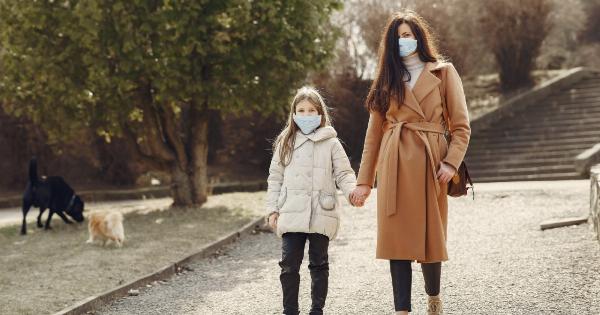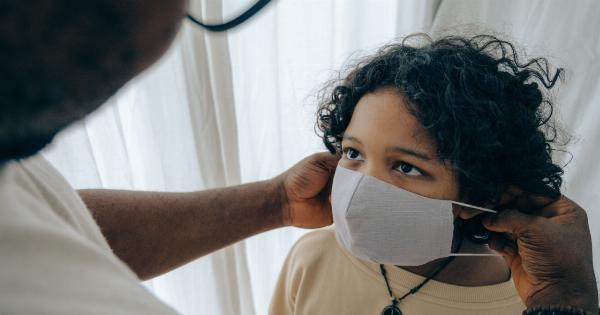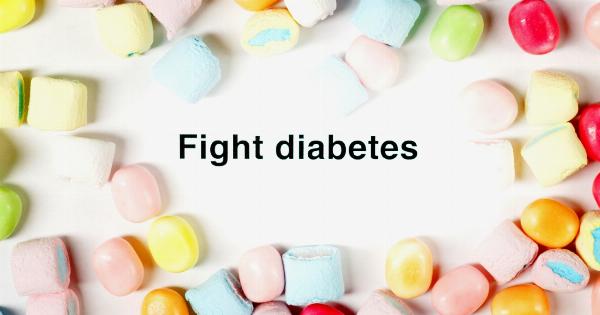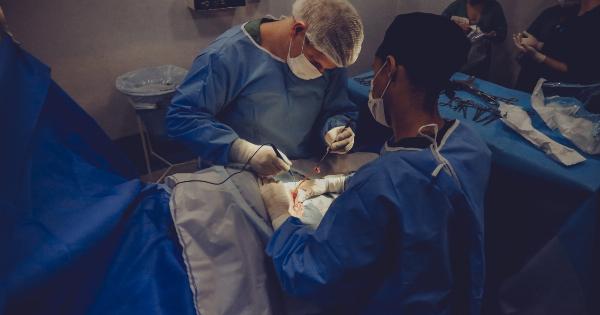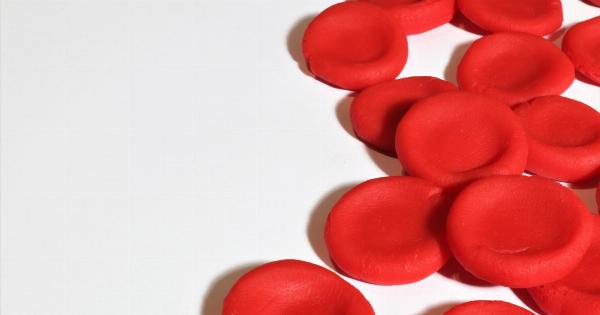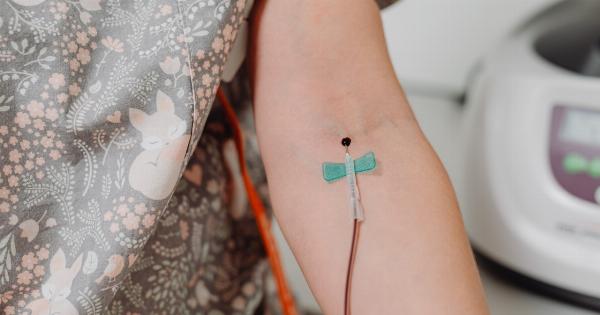Sexually transmitted diseases (STDs) are usually associated with sexual contact, but they can also be spread through non-sexual means.
This often comes as a surprise to many people, as they assume that the only way to contract an STD is through sexual contact. However, certain STDs can be spread through activities such as sharing needles or coming into contact with infected blood. In this article, we will explore the various ways in which STDs can be spread through non-sexual means.
Blood transfusions
In the past, blood transfusions were a common way for STDs to be spread. This was particularly true before screening techniques were developed to ensure that donated blood was safe.
As a result, many people who received blood transfusions in the past contracted STDs such as HIV and hepatitis C. However, today, the risk of contracting an STD through a blood transfusion is extremely low, as rigorous screening processes are in place to ensure that donated blood is safe.
Sharing needles
Sharing needles is another common way in which STDs can be spread. This is particularly true for people who inject drugs, as sharing needles is a common practice among this population.
When needles are shared, blood can be transferred from one person to another, which can result in the transmission of STDs such as HIV and hepatitis C. It is therefore essential that people who inject drugs use clean needles every time they inject and avoid sharing needles with others.
Birth
STDs can also be transmitted from a mother to her baby during birth. This can occur when the baby passes through the birth canal, which can be contaminated with bacteria or viruses that cause STDs.
If left untreated, this can lead to serious health problems for the baby. To reduce the risk of transmission, pregnant women are routinely tested for STDs and treated if necessary. If a woman is found to have an STD, steps can be taken during birth to reduce the risk of transmission.
Breastfeeding
Breastfeeding is another way in which STDs can be spread from mother to baby. This occurs when the baby comes into contact with infected breast milk, which can contain bacteria or viruses that cause STDs.
To reduce the risk of transmission, women with STDs are advised not to breastfeed their babies. Instead, they can use alternative feeding methods, such as formula, to ensure that their babies receive adequate nutrition.
Sharing personal items
Sharing personal items is another way in which STDs can be spread. This can occur when items such as razors, toothbrushes, and towels are shared between people.
When items are shared, there is a risk that blood or other bodily fluids can be transferred from one person to another, which can result in the transmission of STDs. To reduce the risk of transmission, people should avoid sharing personal items with others.
Tattooing and body piercing
Tattooing and body piercing are also potential sources of STD transmission. This occurs when needles or piercing instruments are not properly sterilized between uses.
When this happens, the instruments can become contaminated with bacteria or viruses that cause STDs, which can then be transmitted to other people who use the same instruments. To reduce the risk of transmission, people should only get tattoos or piercings from reputable and licensed professionals who use sterile instruments and follow proper sterilization protocols.
Conclusion
While sexual contact is the most common way in which STDs are spread, it is important to remember that these diseases can also be transmitted through non-sexual means.
By understanding how STDs can be spread, individuals can take steps to reduce their risk of infection. This includes avoiding the sharing of personal items, using clean needles if injecting drugs, and ensuring that blood transfusions or other medical procedures are carried out using properly screened blood.



